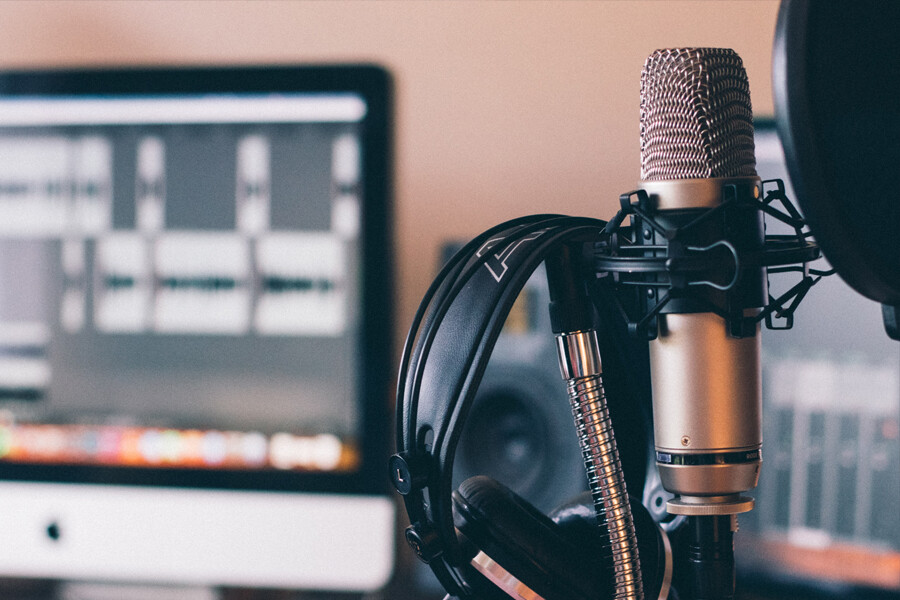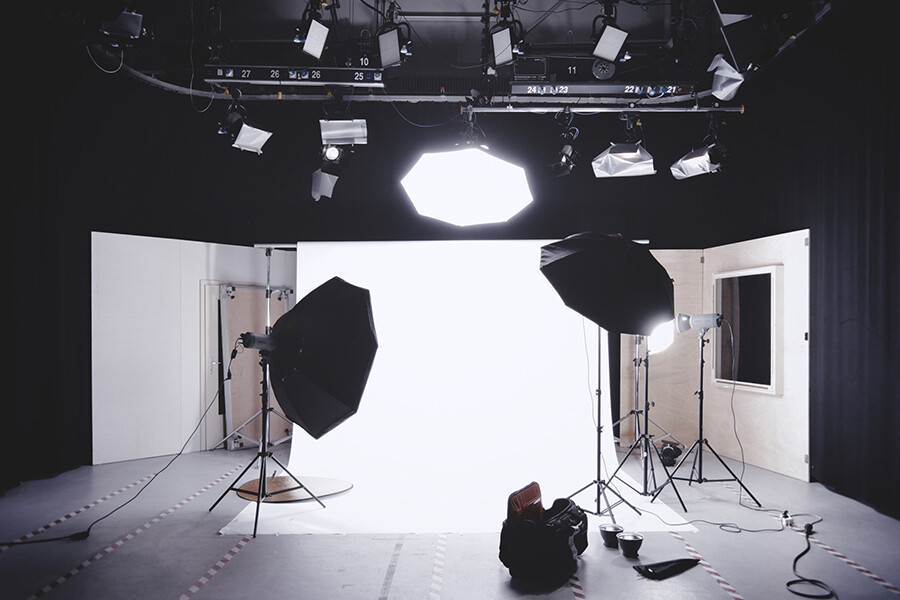- Accueil
- La recherche
- Mémoires et Travaux de fin d’études
- Restauration sonore
Restauration sonore
Auteur : Camille Cygan
Directeur(s) de mémoire : Jean Rouchouse & Jean-Marc Fontaine
Son
Résumé : En précisant l’aspect méthodologique de la restauration sonore, j’ai cherché à montrer que le restaurateur d’un document sonore est le médiateur essentiel dans la chaîne de restauration en ce sens qu’il doit faire face à des choix techniques guidés à chaque étape, par des choix esthétiques selon une déontologie propre à l’exercice. Une première partie définira la restauration sonore par rapport aux concepts de l’historien d’art Cesare Brandi. Différentes étapes constituent le travail de restauration du son qui le différencie de celui de la restauration (des arts plastiques par exemple), notamment par l’étape essentielle de transfert du contenu sonore qui conditionne en grande partie la suite des interventions. La consultation de plusieurs entretiens de restaurateurs mettra en lumière l’absence de tout code déontologique associé à cette profession, assimilable à une pratique artisanale où le savoir faire est guidé essentiellement par l’oreille (appréciation subjective) et par l’expérience acquise au contact des appareils de lecture (supports analogiques). Ces derniers venant à disparaître, il sera de plus en plus difficile pour les générations actuelles d’ingénieurs du son d’acquérir les compétences nécessaires à cette pratique. Suite à cette constatation, une méthode de travail sera proposée et éclairera les principes de base permettant le respect de l’intégrité du document sonore à transmettre. Cette méthode, dont la conservation des supports en est l’étape primitive, considère la restauration comme un enchaînement dont chaque geste effectué peut influencer les étapes les une par rapport aux autres. La deuxième partie mettra en avant l’importance de la combinaison des activités de conservation du support et de recherches archivistiques autour du document sonore dans le processus de restauration. Un support bien conservé associé à un contexte de production élucidé donne au restaurateur de bonnes conditions pour entreprendre sa sauvegarde. L’étude du patrimoine sonore montrera que les moyens mis en œuvre dans les institutions investies d’une mission de conservation et de transmission ne correspondent pas à la hauteur des enjeux posés par la sauvegarde d’un patrimoine commun. La méthode établie en première partie me sert de guide pour mon travail pratique qui fait l’objet de la restauration d’un extrait de l’enregistrement du trio de cuivres « Trio Millière », datant de 1985. Ce travail s’appuie sur l’aide des acteurs de cet enregistrement (musiciens et preneurs de son), ainsi que sur les moyens techniques du Centre National de l’Audiovisuel, et a donné lieu à différents résultats: l’acquisition des supports, l’expérimentation des étapes de restauration, la caractérisation des outils de restauration. Confrontée directement à la perte de matériel nécessaire à la numérisation, j’ai pris conscience de la vulnérabilité de cette discipline dans le contexte actuel.
Mots-clés : –
—
Abstract: By means of defining the methodological aspect of the sound restoration, I have endeavored to show that the sound restorer is the essential mediator in the chain of restoration practice, insofar as he is obliged, at every step of the process, to take technical choices reflecting an esthetic informed by a code of ethics and specific requirements of sound treatments. The initial part of this work will be to define the process of sound restoration as it relates to the concepts set forth by the art historian, Cesare Brandi. There are several stages of sound restoration that differentiate it from pictorial restoration, most notably the stage of the actual transfer of the audio material which invariably conditions any following intervention. According to restorers, we become aware of the almost total lack of any specific kind of code of procedure, or ethics; the restoration process was, for them, a practice far more related to the work of artisans, where a skill, or knack, was essentially guided « by ear », and by a long period of handson experience with the appropriate machines. Given that this last generation of the analog recording area is on the verge of extinction, it is become more and more difficult for future sound engineers to acquire the skills needed for this practice. Having come to this realization, a working method will be proposed and will help to clarify the ground rules necessary to maintaining the integrity of the document which is to be transferred. This method, whose most primitive aspect might be seen to be the mere maintenance of the actual physical material, considers any process of restoration to be a series of actions where each individual gesture has the possibility of influencing all subsequent interactions with the material. The second part of this work will aim to highlight the importance (at the time of the actual transfer) of combining the conservation of the material with archival research as to the document’s provenance. Material that has been properly conserved, in conjunction with a process that has been properly elucidated, leaves the restorer in the very best of positions as regards the future safekeeping of the sound document. The method, as set forth in the first part of my work, will serve as a guide to conduct practical part of my work concerning the restoration of a recording brass trio excerpt, which dates from 1985. This work relies on the help of the main recording actors (musicians and sound engineers) as well as on the technical facilities of the Centre National de l’Audivisuel, and has given birth to a host of diverse results: the acquisition of audio material, the gaining of experience in the various steps of the restoration processing, the characterization of the specific tools necessary to effect the restoration. Being confronted with the actual loss of the material (but also by a sort of know-how distance in the near future) needed for digitizing, has made me deeply aware of the vulnerability of this discipline as things now stand.
Keywords: –



